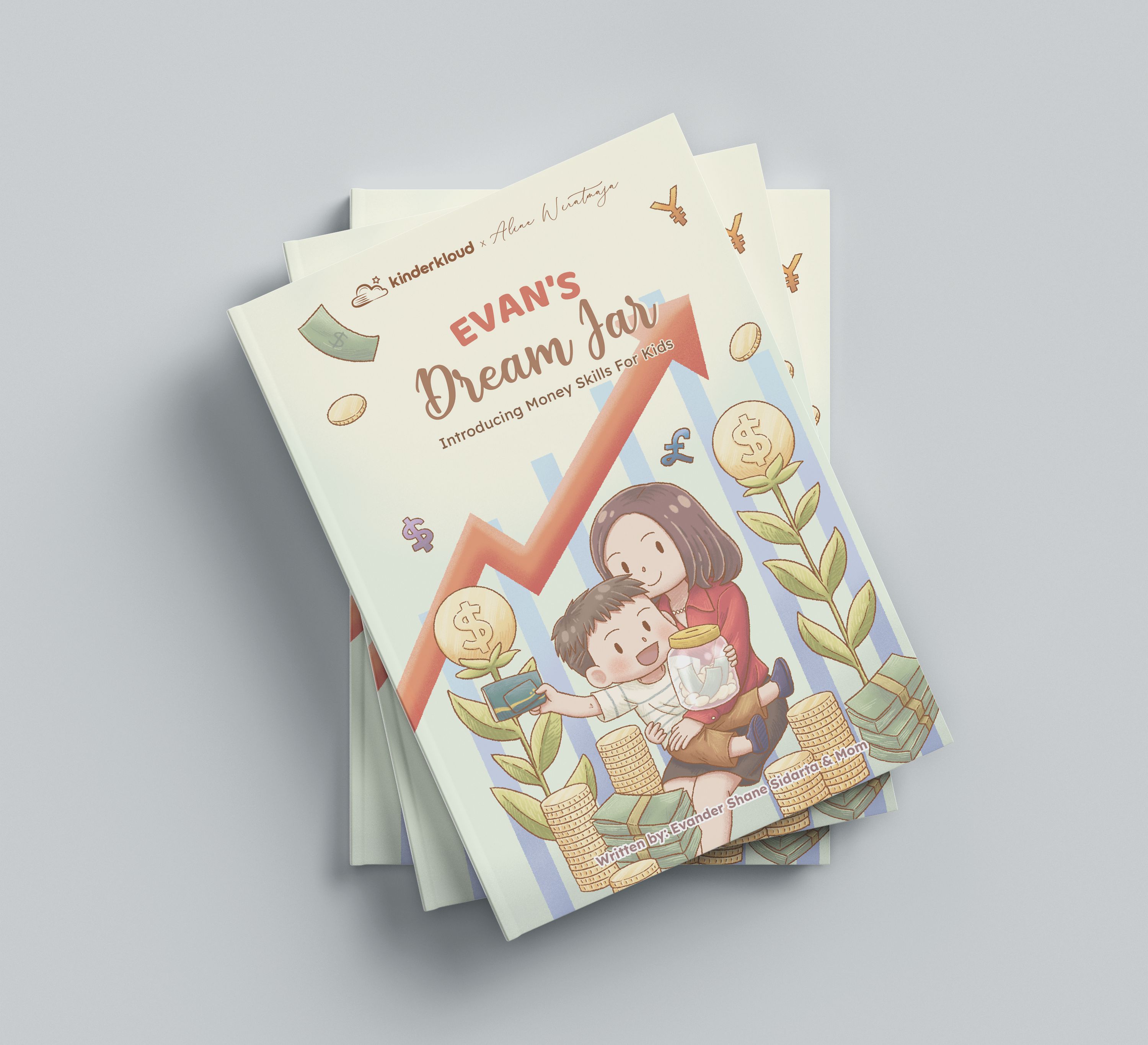Joint Attention in Children with Autism Spectrum Disorders

Children with autism spectrum disorders (ASD) commonly have difficulties with joint attention which is the skill to share focus on objects or events with another person. It is a form of early social-communicative behavior which may involve gestures like pointing or showing, following someone else’s gaze or vocalizations, and having coordinated stares at certain things or events. Joint attention plays a big role in language, communication, social, and cognitive development. Several studies found that joint attention as a non-verbal communication is related to better language acquisition in both typically developing children and children with ASD.
The lack of joint attention in children is a common sign of, but not limited to, autism or other developmental disabilities. Children with ASD tend to enjoy doing activities on their own, not responding when their name is called, and rarely smile or look at others. They also show low or even no effort to direct others’ attention or to show their toys to other people including parents. Children with low joint attention ability might face higher difficulties to form interaction and create relationships with other people.
It is important to note that the low level or absence of joint attention in children is not due to what parents or caregivers do or not do. Nevertheless, there are some strategies which can be followed to help encourage joint attention skills in children:
1. Sitting close to your child, focus on faces, and eye contact
Making eye contact appropriately is important while communicating with another person, however this can be challenging for children with ASD. Parents can encourage their child to look at other’s faces and make eye contact by lowering your body to meet their eye level to catch their attention to look at you.
2. Following your child’s lead of interests and activities
Many studies have found that children whose parents are responsive to their interests and allowing them to choose an activity tend to show higher joint attention. Parents can also talk about what their child is doing and make enthusiastic comments.
3. Doing activities or games together which involves turn-taking
Joint activities are a great way to promote joint attention with your child, such as doing a puzzle, play hide and seek, blowing bubbles, or doing some craft activities. Involving turn-taking in the activity can help children pay attention to what the other person is doing in a natural setting.
4. Imitating your child’s voices or actions and make things more interesting
Copying what your child is doing or saying can increase your child’s interest in you and encourage them to give attention to your actions. It is also good to show your child a different and more interesting way of doing things. For example, if your child is playing with the toy car by moving it back and forth, then in addition to copying their actions, you can make car sounds or make your toy car race your child’s. You can also make your toy car crash and give exaggerated reactions to see whether your child looks at you.
5. Give specific praises for their attempts to share their attention
It is very important to give a proper appreciation to your child’s attempts at joint attention like giving them praise. However, it is also important that the praises are specific to what your child is doing. For example, when you see your child starting to look at you and following what you do with the toy car, you can say “Good job looking at me and playing with the car like me!” This will help your child understand what behavior needs to be encouraged in the future.
References:
Joint attention therapy for autism. (2017, January 31). National Institute of Child Health and Human Development. Retrieved November 28, 2022 from https://www.nichd.nih.gov/health/topics/autism/conditioninfo/treatments/joint-attention#
Joint attention - What it is and why it matters. (n.d.). Growing Early Minds. Retrieved November 28, 2022 from https://growingearlyminds.org.au/tips/joint-attention/
Jones, E. A., & Carr, E. G. (2004). Joint attention in children with autism: Theory and intervention. Focus on Autism and Other Developmental Disabilities, 19(1), 13-26. https://doi.org/10.1177/10883576040190010301
Kasari, C., Gulsrud, A. C., Wong, C., Kwon, S., & Locke, J. (2010). Randomized controller caregiver mediated joint engagement intervention for toddlers with autism. Journal of Autism and Developmental Disorders, 40, 1045-1056. https://doi.org/10.1007/s10803-010-0955-5
Kinnane, D. (n.d.). Tip of the week: Joint Attention. Banter Speech & Language. https://www.banterspeech.com.au/tip-of-the-week-joint-attention/
By: Salma Safira Sukma Ikhsani, S.Psi. from BehaviorPALS
joint attention, children, autism spectrum disorder
Special Needs / Berkebutuhan Khusus / Cognitive Development / Tumbuh Kembang Kognitif / Education / Pendidikan / Joint Attention in Children with Autism Spectrum Disorders
Comments













